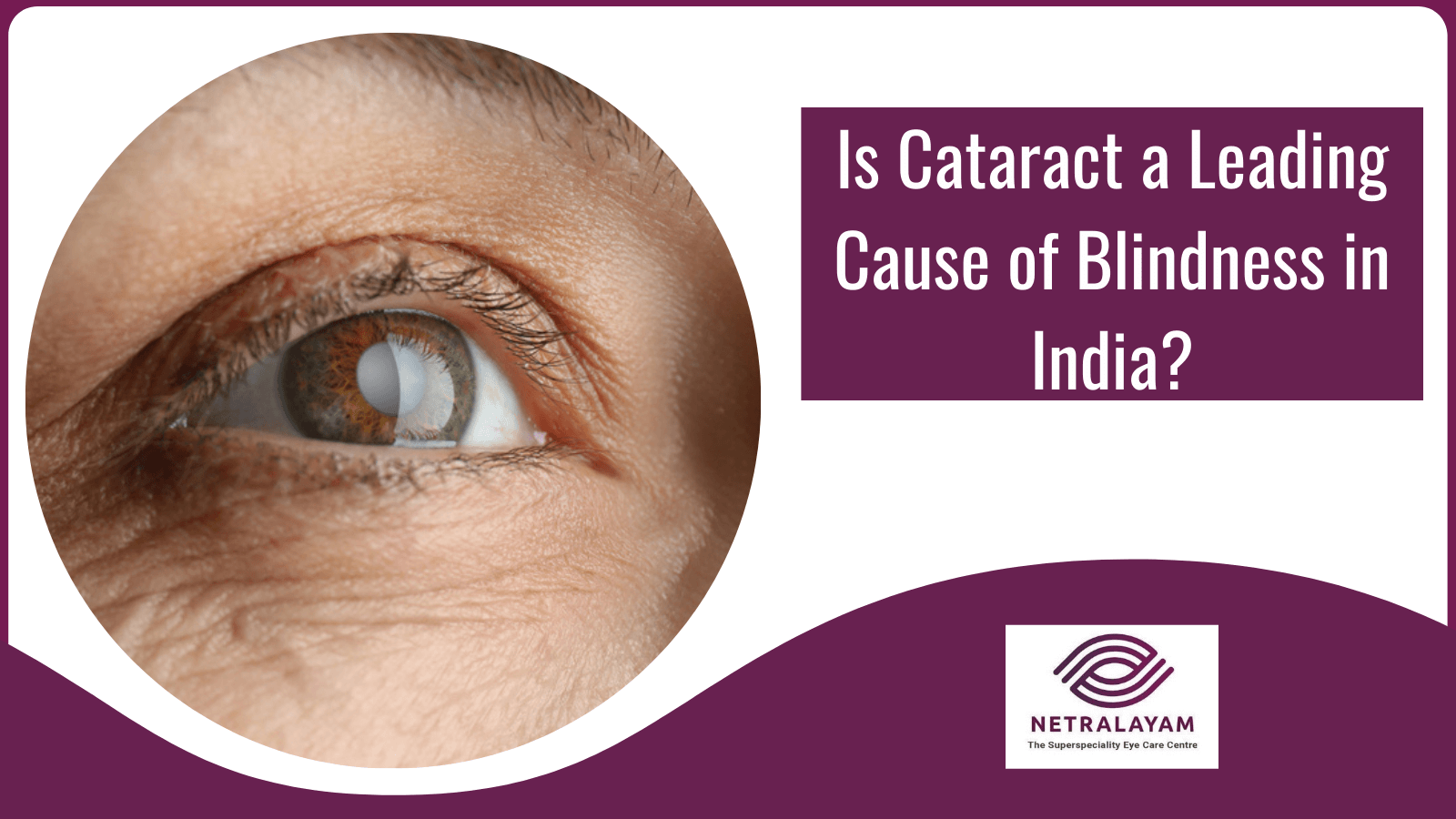Committed to Eye Care with Compassion, Technology and Competency
Committed to Eye Care with Compassion, Technology and Competency

11/24/2022
A cataract is a cloud that starts forming on the eye's lens. People with cataract experience vision through frosty or fogged-up lenses. You may experience blurry vision or total blindness as your vision gets disturbed due to the cataract, which makes it difficult for the eyes to focus light as they used to. There will be changes in your vision depending on the cataract’s location and size. Cataract patients usually find it difficult to read, drive a car or see a person's face from a distance.
Most people start developing cataracts around the age of 50-55 years. But the symptoms start to occur after age 60. In some rare cases, infants also develop cataracts due to birth deficiency. In most cases, cataracts develop slowly and don't disturb the eyesight at an early stage. But if the proper cataract treatment is not sought on time, it will eventually interfere with your vision.
To some extent, stronger lighting and eyeglasses can help to deal with cataracts. But if impaired vision interferes with usual activities, then cataract surgery is the last resort.
In this blog, we will understand the magnitude of cataracts in India, why it is a leading cause of blindness, and the treatment options available.
The Indian Government launched the National Program for Control of Blindness in 1976 to mitigate blindness. Over the years, India has implemented several measures in the National Programme for Control of Blindness and Visual Impairment (NPCB&VI) to fight blindness. The NPCB&VI Survey 2015-2019 provides evidence about the present standing of blindness and visual impairment in India.
The objective of the survey was to determine the majority of the population suffering from blindness and visual impairment. Apart from that, identifying the major causes of blindness and visual impairment, the cataract surgical coverage in the Indian population, results from post-cataract surgery, and the barriers associated with cataract surgery.
The results of the survey present that there has been a 2% surge in both males and females of age more than 50 years. Out of which, blindness in the age group of 80 or more was alarmingly 11%, while the least was present in the age group between 50-59 with only 0.5%. The survey shows that 66% cause of blindness was due to cataracts. However, the survey also presents that the success of cataract surgery was 57%. Since 2011, there have been more than 12,000,000 cases of cataract has been registered in India.
According to a survey, cataract is the leading cause of blindness and visual impairment of half the population worldwide. Although considerable advancements have been made toward identifying cataract risk factors, there is still no proven primary medical cataract treatment.
Cataract surgery is a way to remove cataracts. A cataract is a fog on the eye's lens that blocks the light's passage. The lens is behind the pupil and the iris. Vision becomes blurry because the cataract stops light from properly passing through the retina.
These are a few factors that contribute to cataracts, which later become the cause of blindness or visual impairment.
Netralayam is one of the best eye hospitals in Kolkata for cataract operations. Our facility focuses on providing patients with the best cataract treatment. In cataract surgery, a surgical method known as Phacoemulsification breaks the lens and removes the infected pieces carefully. Apart from that, we also provide cataract treatments such as:
Normally, patients are allowed to return home on the same day of the cataract surgery.
Patients have a pad or plastic shield over treated eyes while leaving the hospital, which, if applied can be removed the next day after surgery.
The sensation of eyesight restoration will start within a few hours of surgery. However, the vision may take a few days to return fully. Patients might experience - grittiness, watering, blurred vision, or red eye.
The side effects improve within a few days. However, the side effects will be healed within the standard recovery time for cataract surgery of four to six weeks.
Aging makes the lenses less flexible, less transparent, and thicker. Age-related conditions cause proteins and fibers within the lenses to break down and stomp together, which clouds the lenses.
The three types of cataracts are nuclear sclerotic cataracts, cortical cataracts, and posterior subcapsular cataracts.
The standard cost ranges between 15,000 and 1,00,000. However, the prices depend on the location and hospital.
Cataracts have been the leading cause of blindness and visual impairment, especially in older people. Delays can lead to serious problems, but with cataract surgery, one can get rid of this issue easily.
Are You looking for the best cataract surgery hospital in Kolkata? If yes, then Netralayam is your best choice. We are one of the trusted and credible names for eye treatment. We hold vast experience in optics problems and deliver successful results. Contact us today for more information.
Comments are closed
